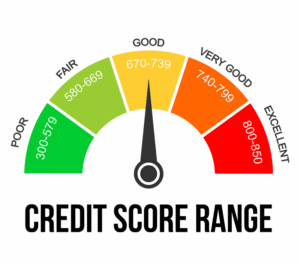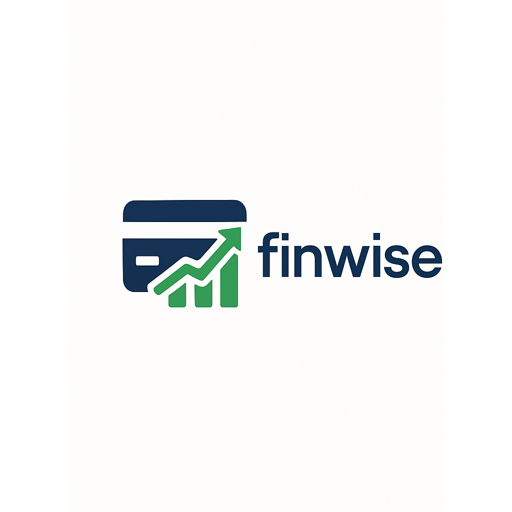Retirement Plans To Choose From If You Are Starting Late (40s and above)
We never too late to start planning for our retirements. So if you are in your 40s, 50s, or even early 60s and you feel like you are late to the party — trust me, you are not late — you are still hugging the wall while the party is on. Most Americans have big responsibilities leading up to midlife such as student debt, child raising, job hopping or just no idea how to start retirement planning.

The good news? You are not too late; there are calculated methods to offset and establish a well-rounded retirement plan. Here in this guide, we will lay out all the retirement savings for late starters, plus some top tips on how to maximize the contributions on your nest egg.
Maximize Contributions to Your 401(k)
DO: Incase your employer has a 401(k) plan, put as much in as possible. It is usually the simplest and the most tax-effective route to boost retirement funds.
Why it’s perfect for late bloomers:
Contributions reduce your taxable income.
A lot of employers will match contributions (free money!)
High annual contribution limits:
For 2025, you would be allowed to save as much as $23,000 if you are under age 50.
The catch-up contribution rule allows anyone aged 50 or older the opportunity to contribute an additional $7,500 (for a grand total of $30,500).
Pro Tip:
Aim to contribute at least enough to earn the full employer match. Each year, or each time you get a raise, try increasing your percentage gradually, if possible.
Open an IRA or Roth IRA
If you don’t have a 401(k) or want to save more than a 401(k) allow, an Individual Retirement Account — an IRA — is an excellent tool.
Traditional IRA vs. Roth IRA:
Traditional IRA: See if you can deduct contributions from your taxes depending on your income. Withdrawals are taxed in retirement.
Roth IRA: Contributions are made with after-tax dollars, but withdrawals are tax-free in retirement.
Contribution limits 2025:
up to $7,000 per year.
Plus $1,000 if you’re 50+ : $8,000 with catch-up.
Choose the Roth IRA if you expect to be in a higher tax bracket in retirement.
Choose a Traditional IRA if you want the tax break now and expect lower income later.
Consider a Health Savings Account
Many people overlook the HSA as a retirement tool. But if you have a high-deductible health plan , the HSA is a triple tax-advantaged account.
Benefits:
Contributions are tax-deductible.
Growth is tax-free.
Withdrawals for qualified medical expenses are tax-free.
Once you turn 65, you can use HSA funds for any purpose — although non-medical withdrawals will be taxed like a traditional IRA.
2025 Contribution limits:
$4,150 for individuals, $8,300 for families.
add $1,000 more if you’re 55 or older.
Use a Brokerage Account
Unless you’re saving hundreds of thousands of dollars per year, you’ll probably want a brokerage account in which to invest after maxing out tax-advantaged accounts.
Pros:
No contribution limits.
No early withdrawal penalties.
Access to a wide range of investments: stocks, ETFs, mutual funds, bonds, REITs, and more.
Strategy tip: Stick to dividend-paying stocks, index funds, or target-date funds that align with your ideal retirement age.
While taxable accounts don’t offer the same tax benefits, they’re liquid and allow your money to grow — particularly useful if you’re playing catch-up.
Delay Social Security
If you’re worried about having enough to retire, consider waiting to start Social Security benefits. The program allows you to begin collecting as early as 62, but your monthly payout will be much higher if you wait until FRA, around 66–67.
Each year you postpone beyond your FRA (until age 70), your benefits go up by 8%.
Example:
Delaying your benefit until 70 could increase the amount you receive by as much as 24% if your FRA is 67 — worth possibly thousands of dollars more per year for life.
Cut Expenses and Eliminate Debt
Part of any retirement budget/advice is always dealing with expenses. The amount you owe, the much less you need to retire comfortably.
Actionable steps:
Reduce or eliminate high-interest debt (for example, credit cards).
Refinance high-rate loans or mortgages.
Figure out a realistic budget—start saving with aggressive goals for the next decade or two.
Move into something smaller or relocate to decrease costs and free up cash flow.
Automate and Track Your Progress
Starting late can be totally overwhelming, so make it simple:
Set up automatic contributions to your retirement accounts.
Budget or investing apps such as Mint, YNAB or Empower can help anyone better track their spending and portfolio growth.
Create yearly reviews of your savings goals and to rebalance your portfolio.
Talk to a Financial Advisor
Every dollar and decision matters when you are behind in savings for retirement. An experienced advisor can assist you with:
Create a tailored investment plan.
Navigate taxes and account choices.
Forecast realistic retirement timelines.
Seek out fee-only fiduciary advisors who have a legal obligation to put your interests first.
Conclusion: Start Where You Are, Not Where You Think You Should Be
Just because you started late, it doesn’t mean you are too late. You can still sleep in peace, live the scenic life, and oPen live a quiet life with less worry, if you take consistent action, use smart strategies, and have the right mindset to follow.
The key is to start today. It just takes small changes to produce big results in over time. Each little bit counts, each open great deal all accomplice gets your nearer to a prosperous numerical tomorrow.
Our Post

High Interest Rates, Credit Cards and the U.S. Consumer: What to Know in 2025
The Note: How Decelerating U.S. Economic Growth Affects Using Consumer Credit


